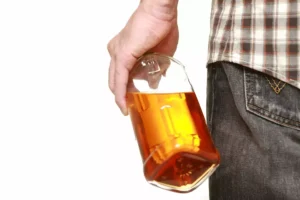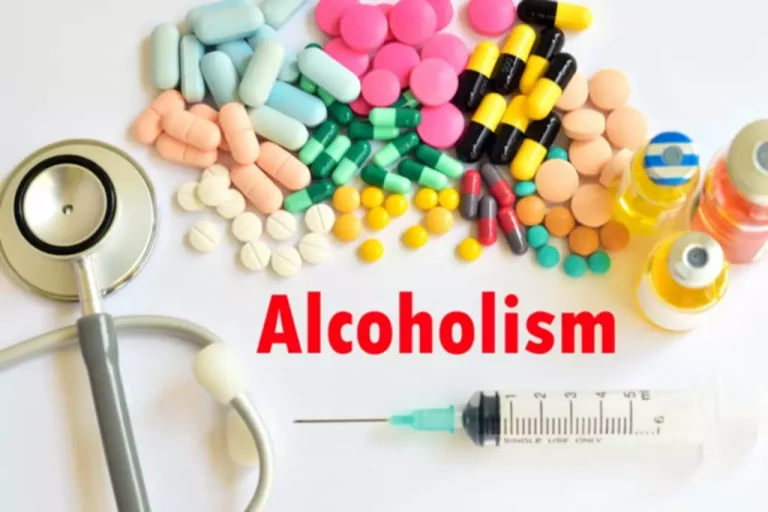
Rendi ogni tuo evento unico e speciale con noi.

Rendi ogni tuo evento unico e speciale con noi.

In the U.S., chronic severe alcoholics comprise 9% of all alcoholics. The chronic severe subtype is the smallest but most severe of all the categories of alcoholism. On average, they drink about 143 days each year, and they typically consume five or more drinks at a time.
Alcoholism is a chronic, progressive disease affecting millions of people worldwide. Although there are many stereotypes about what an alcoholic looks like or how they behave, alcoholism manifests differently in everyone. If you’re dealing with alcohol use disorder (AUD) and need help to stay sober, reach out to an addiction specialist to help get the treatment you need. Some outgrow their problem drinking, while others develop an addiction to alcohol as they age. The effort was made to categorize different types of alcoholics, partly to dispel the myth that there is a typical alcoholic. Identifying the specific type of alcoholic makes it easier to understand and treat people’s problems.


They are not meant as a diagnostic to determine if someone is suffering from alcoholism. Rather, they are meant to further the study of alcoholism and guide future research and prevention efforts. Young adult alcoholics are the biggest subtype of alcoholics in the 5 types of alcoholics United States. These drinkers are about 24 years old, and their alcohol dependence started relatively early, around the age of 19. Young adult alcoholics also have low rates of co-occurring substance abuse and mental disorders and low rates of family alcoholism.
A study in Sweden in 1987 was the first to classify alcoholics as either Type 1 or Type 2, describing in detail alcoholism’s neurogenetic adaptive mechanisms. The typology developed from findings of adoptees and their adoptive and biological parents. Acamprosate, disulfiram, and naltrexone are three medications approved by the United States Food and Drug Administration to treat alcoholism. Doctors and other healthcare professionals prescribe these medications to discourage patients from drinking. They can be used alone or complement other treatments and counseling. Copers drink to avoid life’s worries and feelings of depression and anxiety.
These alcoholics are usually middle-aged people who started drinking and struggling with alcohol at a young age. Chronic severe alcoholics typically have difficulty functioning normally from day to day. Their condition may have progressed from young antisocial alcoholism, and they may likely experience legal problems, substance abuse problems, and psychiatric disorders like anxiety, bipolar disorder, and depression. Researchers have identified five common subtypes of alcoholics, each characterized by distinct patterns of behavior and demographics.
Women tend to experience a variety of harms at lower levels of alcohol exposure compared to men. For example, the brain system for novelty seeking is predominantly influenced by the neurotransmitter dopamine (Cloninger 1987a). Accordingly, people who have a high novelty seeking trait are expected to react strongly to the stimulation of dopamine-using (i.e., dopaminergic) nerve cells. The best type of treatment will depend on your treatment needs and individual circumstances. There’s no single solution for alcohol addiction, and treatment is highly individualized. In that case, it’s best to speak with your doctor or an addiction treatment professional at a reputable detox or rehab center like Nova Recovery Center.
Alcoholics may suffer from clumsiness, blackouts, cognitive decline, memory lapses, and poor judgment. They may also suffer physical malaise caused by nutritional deficiencies and liver damage. Some alcoholics have insomnia, and many suffer from emotional distress.

Often in denial about their drinking problem, they tend to surround themselves with heavy drinkers. Functional alcoholics drink every other day on average and consume five or more drinks in a sitting. They are less likely to seek treatment, but when they do, they often turn to 12-step groups for support. Similarly, it was unexpected that the genetic backgrounds of mild and severe alcohol abusers should be the same, whereas the genetic background of moderate abusers differed.
This group has the lowest levels of education, employment, and income of any group. This group also drinks more at once and more overall than other groups, although they drink slightly less frequently. On the other hand, this group is more likely to seek help than https://ecosoberhouse.com/article/how-long-do-amphetamines-stay-in-your-system/ almost any other; 35% sought out some form of assistance in overcoming alcoholism. This group has the highest rate of seeking treatment from a private health care provider but also often choose self-help groups, specialty treatment programs, and detox programs.